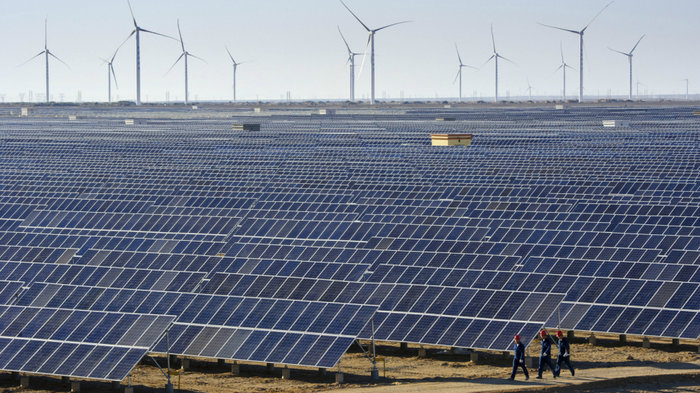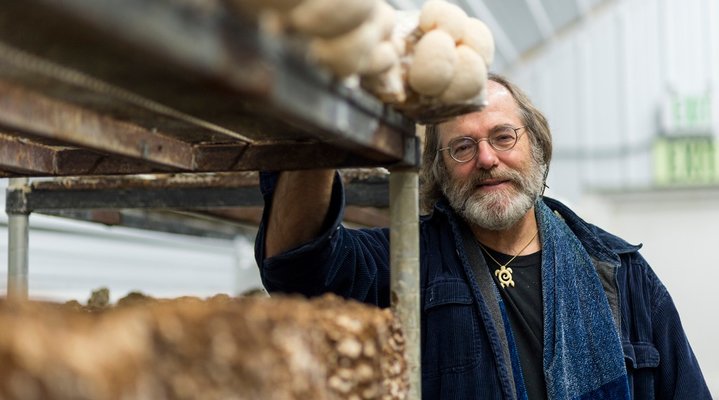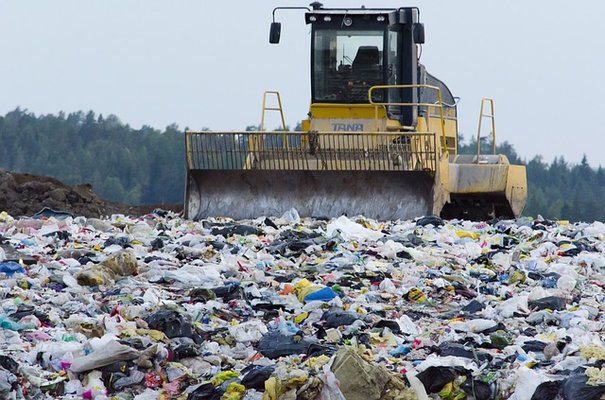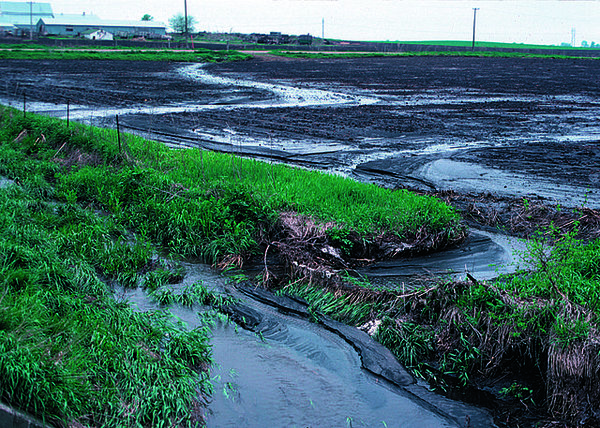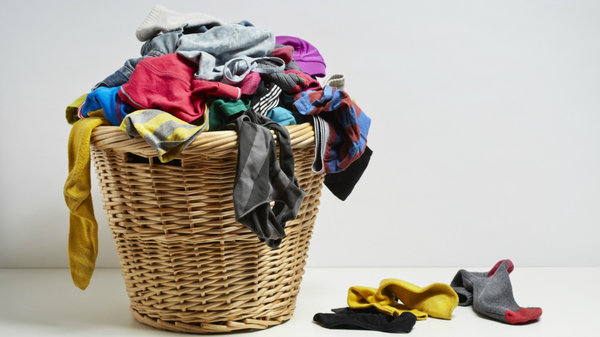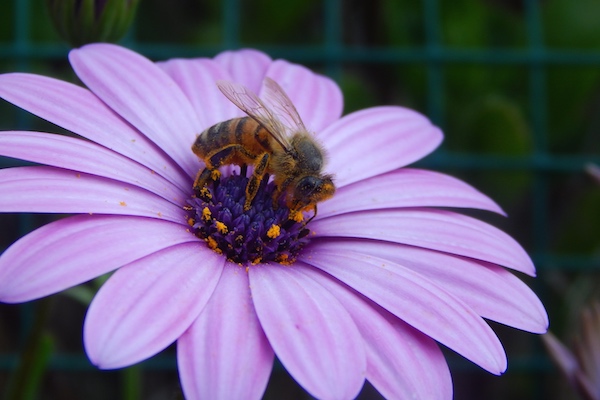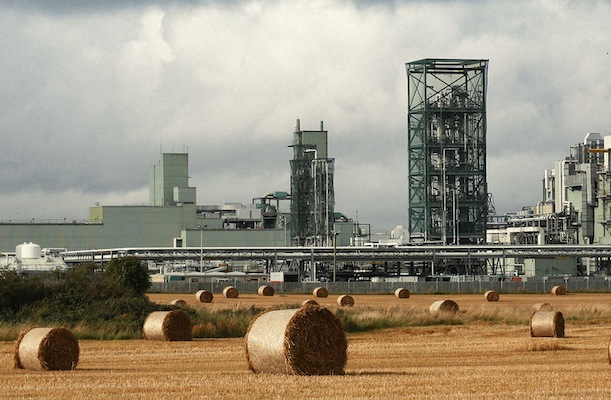Last, week, under the cover of a media bliss-out except among Koch Brothers funded right-wing channels, the House of Representatives passed a bill which would effectively repeal future standard setting under every important environmental, public health, consumer protection, labor standards, occupational safety and civil rights law on the books. The bill, called the REINS Act, requires that any future major regulation adopted by an Executive Agency—say a new toxic chemical standard required by the recently enacted Chemical Safety Act, or a new consumer protection rule about some innovative but untested kind of food additive—must be approved by a specific resolution in each House of Congress within 70 days to take effect.
Continue reading... →China has announced that it will invest $361 billion in renewable energy through the end of the decade — another signal that the world’s most populous nation is serious about combating climate change. The investment, Reuters reports, will continue China’s shift away from coal and other dirty fuels. In addition to fighting climate change, investing in clean energy should help China address its air-pollution problems. Major cities like Beijing are often blanketed in smog, due largely to coal burning and other industrial activity.
Continue reading... →In 2006, a patent was granted to a man named Paul Stamets. Though Paul is the world’s leading mycologist, his patent has received very little attention and exposure. Why is that? Stated by executives in the pesticide industry, this patent represents “the most disruptive technology we have ever witnessed.” And when the executives say disruptive, they are referring to it being disruptive to the chemical pesticides industry.
Continue reading... →Today, there are nearly 2,000 active landfills across the country and hundreds more are at capacity, a stark reminder of just how massive our waste problem has become. One thing we have to remember when looking at this is that trash, and landfills, are a human invention. Waste does not exist in nature, in any form. Everything that is produced in a healthy ecosystem is consumed or decomposed by another organism, or the sun. That is because, in a natural system, everything has value to something. We need to return to how things were in nature, where waste does not exist, by creating a circular economy and committing to zero-waste systems.
Continue reading... →According to the nonprofit Environmental Defense Fund (EDF), a bill that will strengthen the Toxic Substances Control Act, passed the Senate and is expected to be signed into law by President Barack Obama soon. It is the first major environmental legislation in over two decades to move forward to this point.
Continue reading... →Coming soon to a closet near you, clothes that clean themselves. That reality is inching closer with new research from Australia’s RMIT University, where scientists have been testing nanotechnology that eats away at grime on fabric.
Continue reading... →The movement to remove industrial sodium fluoride from the world’s water supply has been growing in recent years, with evidence coming out against the additive from several sources. Now, a report from the world’s oldest and most prestigious medical journal, The Lancet, has officially classified fluoride as a neurotoxin — in the same category as arsenic, lead and mercury.
Continue reading... →A federal appeals court has made a swift decision that will not make the CEO of Dow AgroScience happy, though it just might help save our bees. Just weeks ago, the court struck down the Environmental Protection Agency’s approval of an insecticide called sulfoxaflor, marketed by Dow. This was an important first step in supporting our pollinating insects, which are absolutely vital to our food supply. Sulfoxaflor is in the neonicotinoid class of pesticides. Insecticides like sulfoxaflor have been drawing more and more attention from experts of late, concerned that the chemicals are killing bees and causing colony collapse disorder. The decision was blunt, and basically told the EPA that they could NOT give authorization for Dow to keep using a chemical which is harming pollinators. Court documents state: The panel held that because the EPA’s decision to unconditionally register sulfoxaflor was based on flawed and limited data, the EPA’s unconditional approval was not supported by substantial evidence. The panel vacated the EPA’s unconditional registration because given the precariousness of bee populations, leaving the EPA’s registration of sulfoxaflor in place risked more potential environmental harm than vacating it. Concurring in the judgment, Jude N.R. Smith agreed with the panel’s decision because he could not […]
Continue reading... →The rest of the world should plant more trees too India’s Rural Development Ministry has decided to try to tackle two problems at the same time: Youth unemployment and bad air quality. It has unveiled a plan to hire youths – potentially up to 300,000 – to plant 2 billion trees along the country’s highways. “The length of National Highways in the country is one lakh kilometer [about 62,137 miles]. I have asked officials to come out with a plan to plant 200 crore [2 billion] trees along these stretches which in turn would create jobs for the unemployed on the one hand and protect the environment on the other,” said Shipping and Rural Development Minister Nitin Jairam Gadkari. Not only would this help provide jobs to a segment of the population that needs them and make the country more beautiful, but trees are also great at improving air quality. India tends to have big problems with that, as does much of Asia and the Middle-East: A recent study shows that tree leaves can capture a substantial amount of particulate pollution. The research was conducted in the UK; The scientists started by measuring how much air pollution go into a […]
Continue reading... →Shampoo. Nail polish. Sofas in the halls of Congress. All have been the subject of recent stories about the hidden dangers to our health in products we buy and use. Governments around the world are stepping up actions to better protect their citizens. Here in the United States, Congress is finally poised to strengthen the Environmental Protection Agency’s chemical safety authority. But improved government oversight is only part of the solution. Companies along the retail supply chain must also make it their mission to create products that are safer for consumers. To put it simply: We need companies to revolutionize how business is done. We need them to get Behind the Label. We began our crusade for safer chemicals in the marketplace by partnering with the largest retailer in the world, Walmart, a few years back. It prompted the company to announce a new policy in September 2013 for chemicals in its household and personal care products that will transform the world’s largest retailer – and its vast supply chain. But Walmart is, despite its size, only one piece of the global retail industry. We won’t get the revolution consumers deserve unless the majority of retailers and product manufacturers everywhere adopt safer chemicals policies and practices. We […]
Continue reading... →
